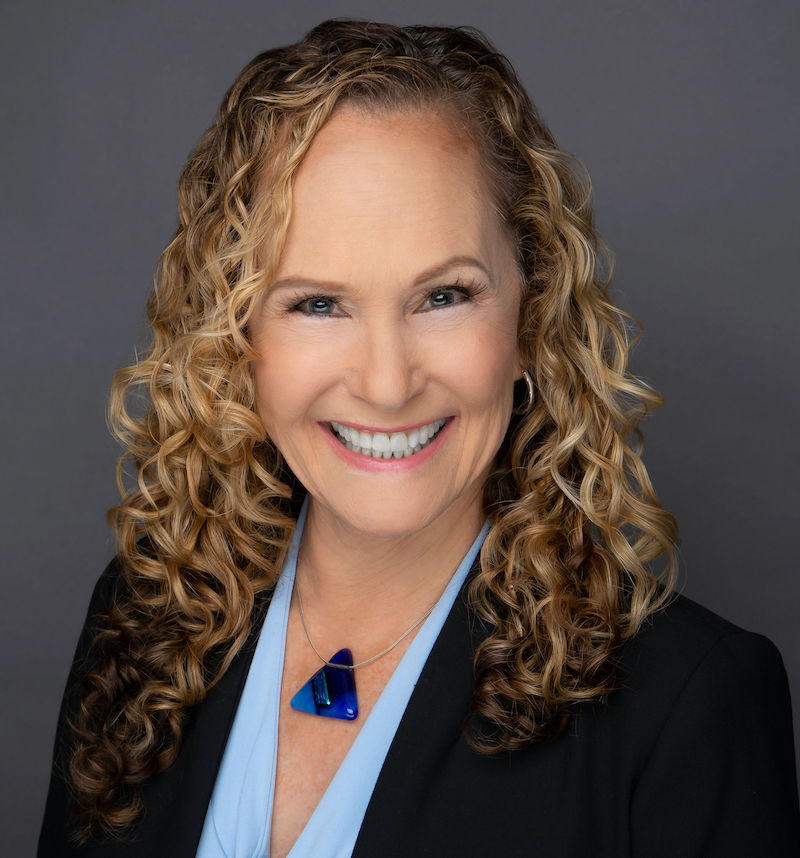Why It's Time to Retire Outdated Notions of Older Workers
By Ellen Crane, APR, Fellow PRSA
May 2024
PRSA will host a new Diverse Dialogues titled “Shifting Perspectives: Debunking ‘Age Is Just a Number’” on May 16 from 5-6 p.m. ET. Please visit the PRSA website for more details on the live webinar.
Iris Apfel, the fashion icon who recently passed away at age 102, once said on the “TODAY” show: “I think retiring at any age is a fate worse than death. Just because a number comes up, doesn’t mean you have to stop.”
Unfortunately, many people today find themselves unable to continue working once they reach their 50s, due to ageism in the workplace and age being excluded from most corporate diversity programs. Yet, the share of the U.S. population over age 65 continues to grow, as does the desire of people 65 and older to continue their careers.
According to the Pew Research Center, more people ages 65-72 are working or looking for work today than the two previous generations did when they were the same ages. Data from the 2020 U.S. Census finds that the 65–72 age group grew nearly five times faster than the total population over the 100 years from 1920 to 2020, reaching 55.8 million or 16.8% of the U.S. population. By 2040, that age cohort is predicted to grow to 22% of the overall population.
Women are disproportionately affected by ageism, according to a recent survey conducted by Women of Influence+. Of the 1,258 survey respondents across 46 countries, 77.8% said they encountered age-related discrimination in their careers. “Another 80.7% said they have witnessed women in the workplace being treated differently because of their age,” the survey said.
“It’s a clear indication that we are facing a pervasive and systemic issue,” said Rumeet Billan, CEO of Women of Influence+. “We must collectively work toward creating environments where age does not define capability or limit opportunity.”
As conversations about age discrimination appear in the news, communicators have an opportunity to highlight facts versus myths and misconceptions. In doing so, we can influence our employers and even change our own attitudes. After all, aging is the one fact of life that will bind us all.
“Aging is a positive force, despite our youth-centric culture,” Kamrin Huban said during a recent episode of her podcast, “We’re 50 & We’re Not Dead Yet.” As Huban pointed out, “The image of getting older has changed. It’s no longer Grandma and Grandpa resting in their rocking chairs on the porch. Aging is universal, yet it is left by the wayside in most diversity initiatives.”
Changing the perceptions of employers is a crucial step toward reshaping the image of age, said Janine Vanderburg, a consultant who says she is committed to “slaying the ageism dragon.” Vanderburg interviewed job recruiters for an article that she published on LinkedIn in February, called: “Thinking Differently about Older Workers: What Recruiters Want Employers to Know.”
Older workers — a missed opportunity
“Employers may be missing out on the most loyal, productive and adaptable employees on the market,” Vanderburg quoted executive recruiter Chelle Johnson as saying. “Recruiting and hiring older workers will immediately add value and boost the bottom line.”
These experienced professionals offer “decades of diverse experiences, have driven positive results, are agile, focused and have the energy to meet the demands of today’s workplace,” Johnson said.
Vanderburg urges workplaces to “Flip the conversation about older job seekers, address discrimination and confront stereotypes and assumptions.”
As she points out, older job seekers offer a number of valuable traits, starting with their skills, experience and maturity. They bring deep industry knowledge and connections. Older employees can also serve as mentors for younger professionals.
“Hiring managers should start with self-examination of their own attitudes about older people from their personal experiences and upbringing,” Vanderburg quotes recruiter Joan Kenney as saying.
The Women of Influence+ study recommends these steps to address ageism in the workplace, including:
- Raise awareness and provide training and education
- Develop reciprocal mentorship programs
- Focus on competencies over age when recruiting and hiring
- Include ageism as part of DEI strategy, initiatives and programs
Wisdom to share
Author and speaker Andrew Hulbert wrote in a September 2023 article on LinkedIn that hiring a multi-generational workforce can help organizations innovate and solve problems.
As Hulbert pointed out, different generations bring diverse perspectives and experiences to the workplace. Older employees can share their wisdom, while younger employees contribute fresh ideas and technological expertise.
Employees of different generations can learn from one another, helping to cultivate interpersonal skills and empathy. In the process, employees also learn to appreciate different communication styles and to collaborate with colleagues of all ages.
Hiring a multigenerational workforce also helps a business better understand its customers’ preferences and needs. With these insights, organizations can craft more effective marketing strategies and tailor customer experiences, which improves satisfaction and loyalty.
As with any image-shaping initiative, change to overcome ageism in the workplace can happen through small efforts. The next time you reach for one of those “over the hill” birthday cards or hesitate to hire an older worker, pause and remember that doing so might prevent your organization from being the best that it can be.
Raising Awareness About Ageism
Veteran recruiter Toby Marshall’s article on LinkedIn, “The Laughable Ageism Myths Employers Believe,” outlines some of the more common misconceptions that communicators can dispel.
His “ageism myth” list includes:
- Older workers are less healthy, so they take more sick days.
- We are technophobes and resist change.
- Our wages are higher.
- Mature workers are less intelligent, innovative and creative.
According to AARP’s “3 Reasons You Should Hire an Age-Diverse Workforce,” age diversity improves productivity and innovation. In addition to making their own direct contributions, more experienced workers also help organizations avoid mistakes and find solutions faster.
Meanwhile, the U.S. Bureau of Labor Statistics shows that 87% of employers say their older employees perform as well as or better than their younger workers. The report also found that 90% of older workers have as much, or more, potential to stay with a company long-term. — E.C.



